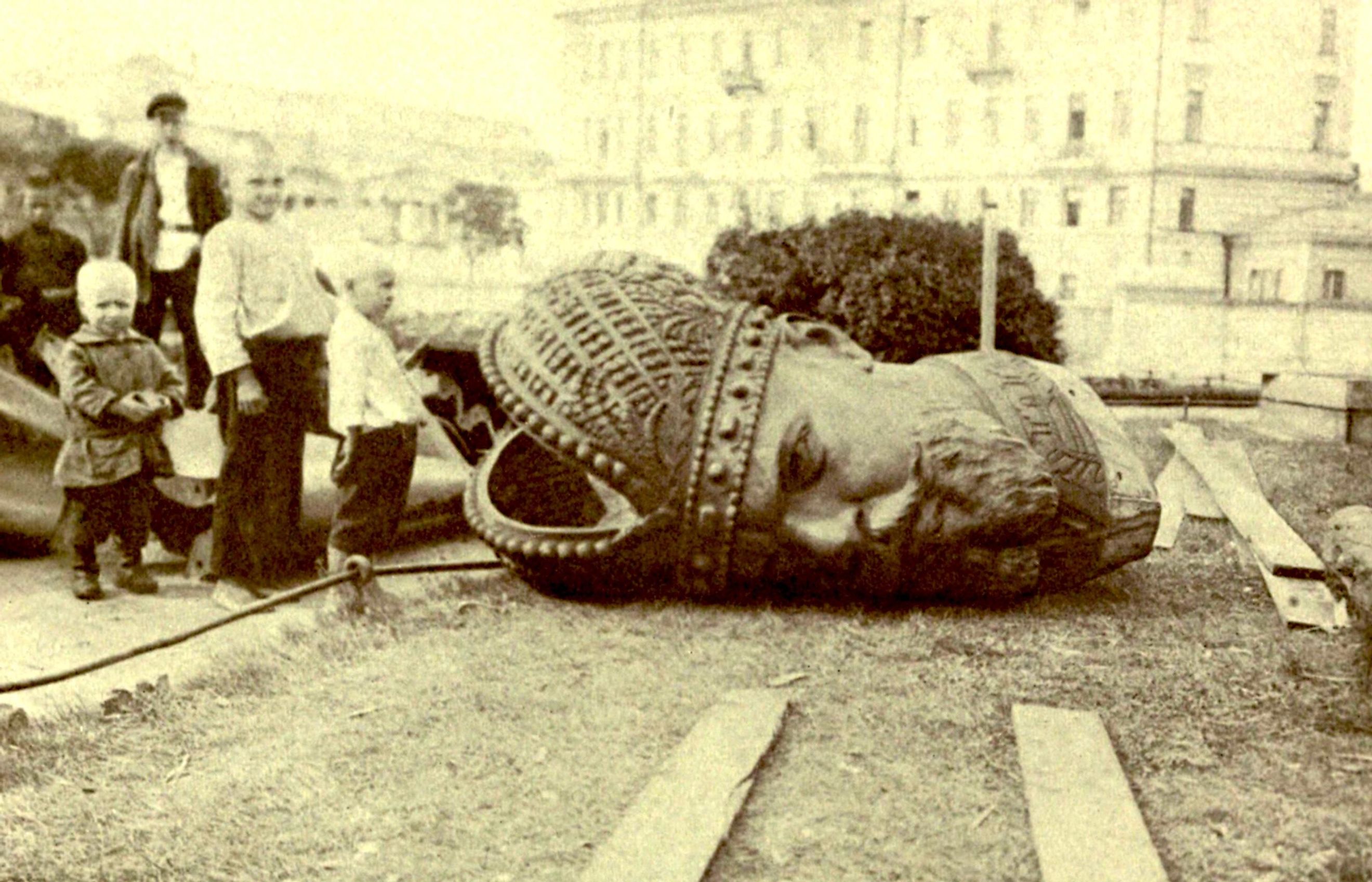
The Fall Of The Russian Empire
By the late 1800s, the Russian Empire was in trouble. Whereas the United Kingdom and Germany were rapidly industrializing, the Russian economy was still predominantly agricultural. Even in the somewhat industrialized cities, working conditions were terrible, clean water was rare, and strikes were common. Terrorism was also an issue, perhaps the most notable instance of which was the assassination of Tsar Alexander II in 1881. This anti-tsarist sentiment was accompanied by a rise of left-wing revolutionaries like Vladimir Lenin and Leon Trotsky. In short, all these problems set the stage for a tumultuous transition into the 20th century. Indeed, the Russian Empire ultimately fell in 1917. This article will explain why and how this collapse occurred.
Tsar Nicholas II
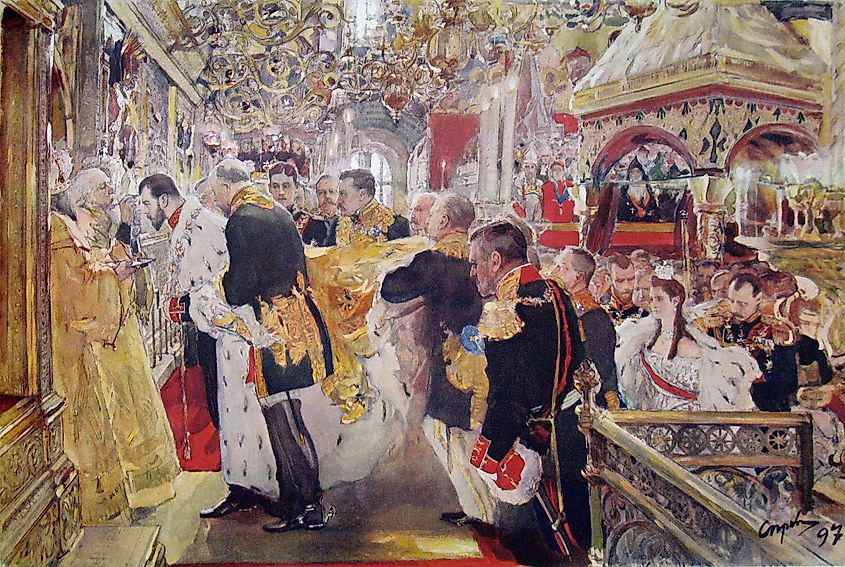
Nicholas II became Tsar of Russia in 1894 following the unexpected death of his father. By all accounts, he was unprepared and did not want the job, fearfully asking his cousin and brother-in-law, "what is going to happen to me and all of Russia?" This fear was not unfounded. From 1904-1905, he oversaw the disastrous Russo-Japanese War, in which his forces were defeated. Furthermore, on January 22, 1905, the Tsar's imperial guard massacred protestors demanding, among other things, an end to the war with Japan, eight-hour work days, and more political rights. Known as Bloody Sunday, this event forced the Tsar to make concessions to quell the revolutionary fervor, including a quasi-constitution guaranteeing civil liberties and an elected assembly known as the Duma. While these concessions were limited in practice, they nonetheless indicated the end of absolutist rule in Russia and Nicholas' lessening control over the empire.
The Rise Of Revolutionary Leftism
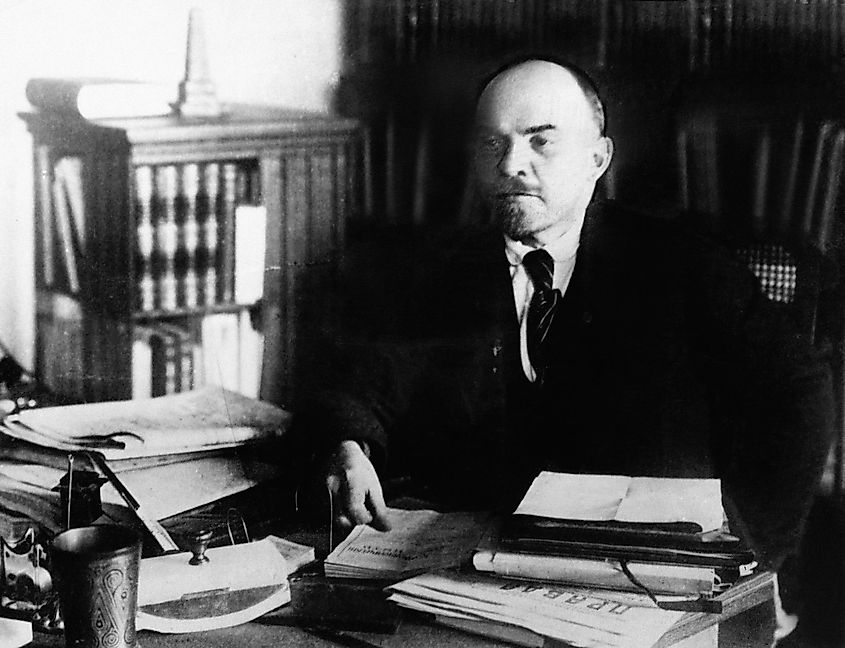
Vladimir Lenin was born in 1870 to a relatively wealthy family. Despite this background, he held an intense hatred towards the monarchy, likely in no small part due to his brother's execution for trying to kill the Tsar. In university, Lenin took an interest in Marxism. However, as he began to organize politically in the early 1900s, a split occurred between Marxists who thought that a communist revolution should occur after Russia transitioned to capitalism and those who thought that Russia should move directly from serfdom to communism. The former group became known as the Mensheviks, and the latter group, to which Lenin belonged, the Bolsheviks. All of this is to say that along with the other problems mentioned above, different revolutionary groups also posed a threat to the Russian Empire.
World War One And Rasputin
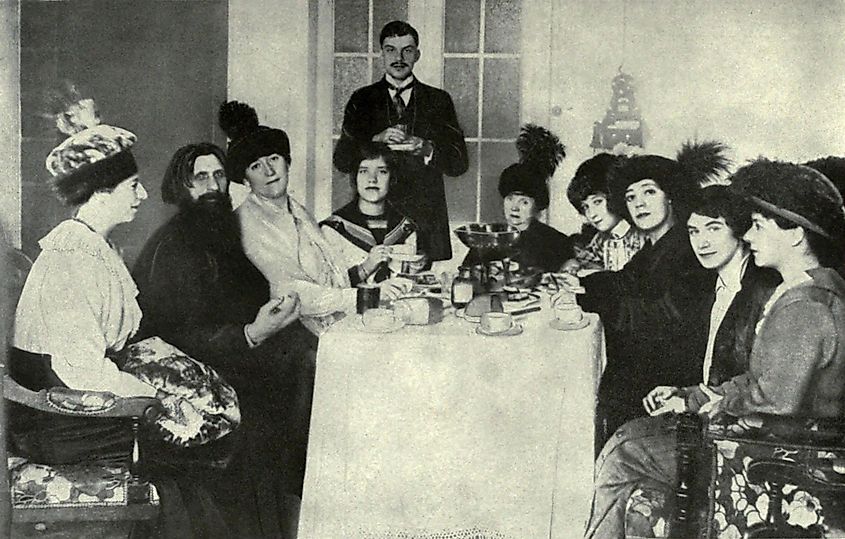
In July 1914, World War One began. Russia quickly allied itself with Britain and France against Germany, Austria-Hungary, and the Ottoman Empire. Despite an initial wave of patriotic support, a mounting death toll and economic instability contributed to the Tsar becoming more unpopular than ever. None of this was helped by the growing influence of a Siberian monk, Grigori Rasputin, over the Russian government. The Tsar's son, Alexei, was hemophilic. Desperate to help her son's ailments, Tsarina Alexandra often turned to Rasputin. He thereby gained the Tsarina's trust and began exercising significant control over state affairs. Government ministers rose and fell, and policies were enacted according to Rasputin's wishes. The public, unaware of Alexei's condition, viewed the monk's influence with anger. When combined with the aforementioned problems caused by the war, the Russian monarchy was in its death throes by December 1916.
The Fall Of The Russian Empire
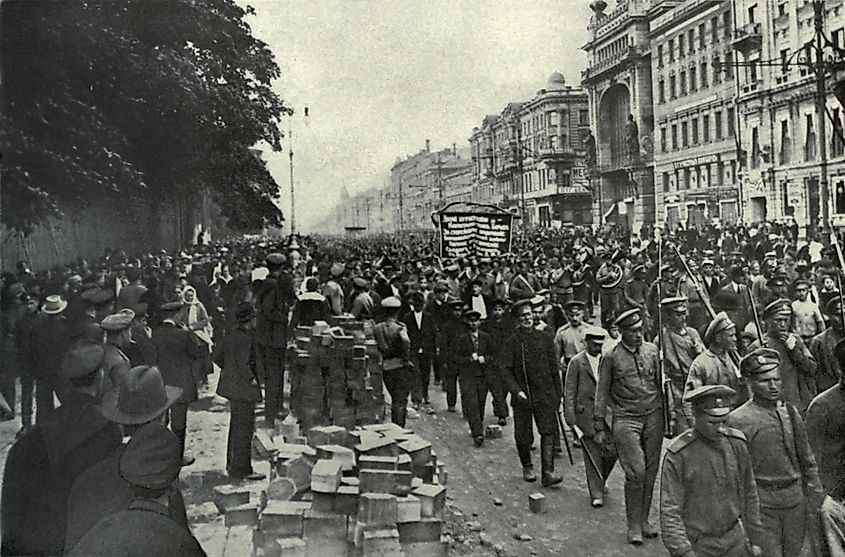
By March 1917, the cost of living had gone up 14% since the beginning of the war. Furthermore, rumors were circulating around Petrograd (the capital of the Russian Empire and known today as Saint Petersburg) that there was only enough flour for ten more days worth of bread. Therefore, mass protests, encouraged but not controlled by revolutionary leftist groups like the Bolsheviks, erupted throughout the city on March 8. By March 12, the police and soldiers tasked with guarding the royal palace had sided with the protestors. All of this occurred while Tsar Nicholas was out at the front. Hearing how serious the protests had gotten, he began to travel back to the capital. However, before reaching Petrograd, his train was stopped by leaders of the Duma who told the Tsar that he should abdicate. This message was backed by a telegram from his chief of staff. Having never particularly wanted to be Tsar, Nicholas did exactly as was asked of him. Thus, on March 15, 1917, the Russian Empire fell.
Aftermath
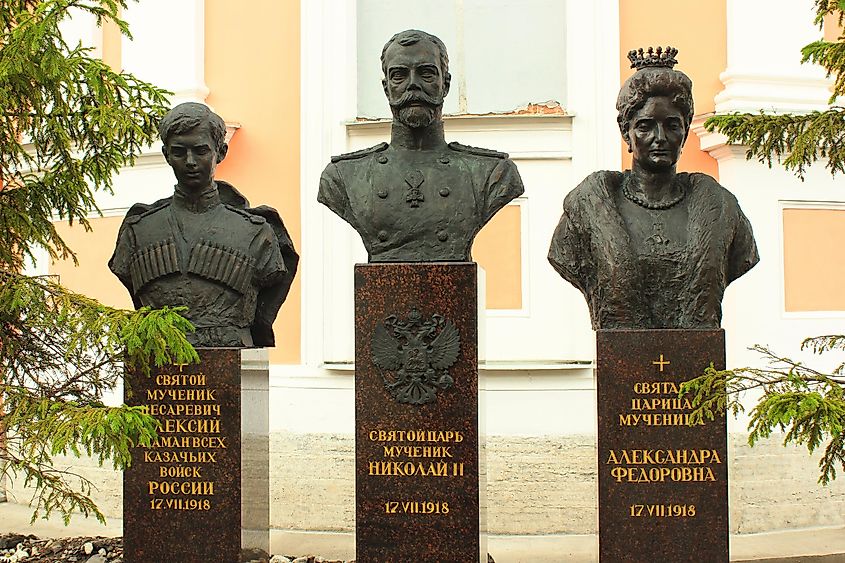
The Tsar's abdication was followed by a provisional government taking control of Russia. Thereafter, the November Revolution occurred, in which the Bolsheviks, led by Lenin, took power. Following a bloody civil war between communists and anti-communists, the Soviet Union (USSR) was established in 1922. As for Nicholas and his family, they were imprisoned by the provisional government, exiled, and then executed by the Bolsheviks in 1918.
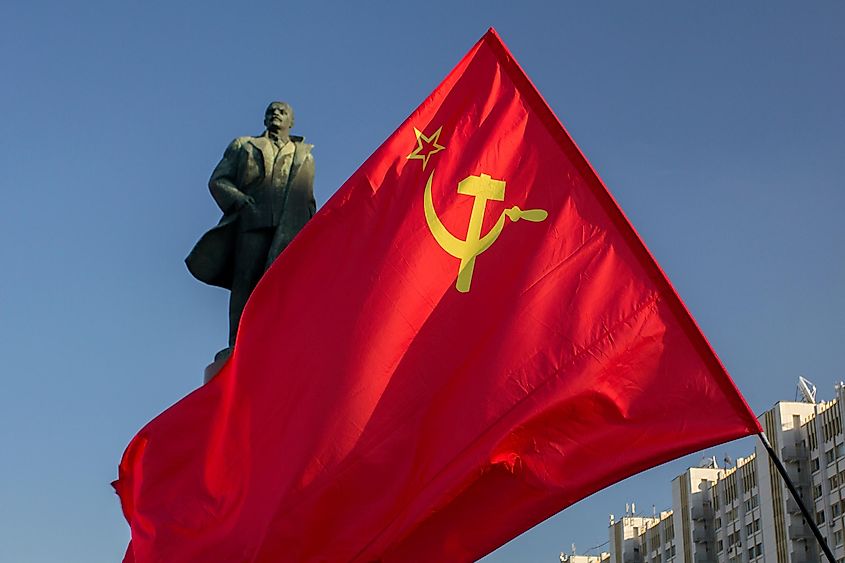
The fall of the Russian Empire was monumental. Its collapse signified the end of one of the largest empires in history. Furthermore, it gave way to the USSR, one of the great powers of the 20th century. Finally, it signified the beginning of monumental changes within Russia, from a state built on serfdom to one infused with fundamentally modern notions of history and class.











